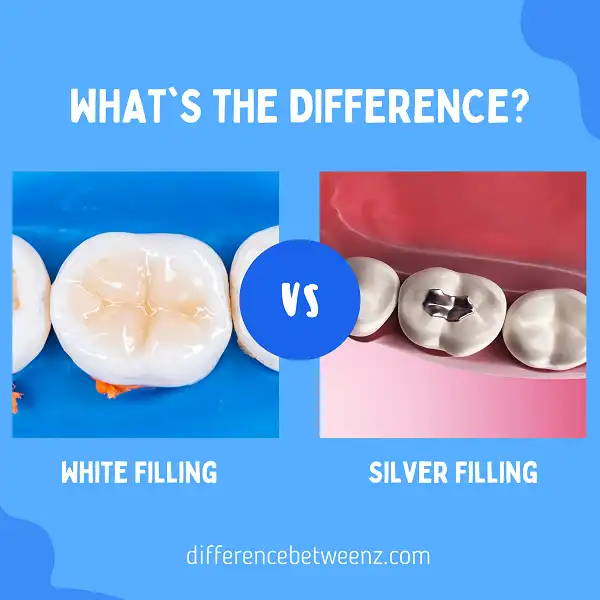Dental fillings are used to repair cavities and restore the structure of teeth. There are two types of materials that can be used for dental fillings: white fillings and silver fillings. White fillings are made from a resin material, while silver fillings are made from mercury and other metals. Although both types of fillings are effective at repairing cavities, there are some differences between them. Silver fillings tend to last longer than whitefillings, but they can also cause more damage to teeth over time. Whitefillings are less likely to cause damage to teeth, but they may not last as long as silverfillings. Which type of filling is right for you will depend on your individual needs and preferences.
What is White Filling?
White fillings are made of a durable, tooth-colored composite material that can be used to repair small cavities or fractures. Unlike metal fillings, which are noticeable and can discolor your smile over time, white fillings blend in with your natural tooth color and provide a more aesthetically pleasing result. White fillings are also bonded to your tooth, which helps to support the structure of the tooth and prevent further damage. In addition, white fillings can be used to repair chips or cracks, and they can be placed on both front and back teeth. If you are considering a white filling, talk to your dentist about whether this option is right for you.
What is Silver Filling?
- Silver fillings, also known as dental amalgams, are a type of dental restoration used to fill cavities or repair cracked teeth. Silver fillings are made from a mixture of metals, including silver, copper, tin and mercury. Silver fillings have been used for over 150 years and are one of the most commonly used type of dental filling. Silver fillings are strong and durable, and they can last for many years with proper care.
- However, silver fillings are not as close in color to natural teeth as other types of dental filling, such as tooth-colored composite resin. Silver fillings may also expand and contract with changes in temperature, which can cause tooth fractures over time. For these reasons, silver fillings are not always the best choice for people who are concerned about the appearance of their smile.
Difference between White Fillings and Silver Fillings
White fillings, also known as composites, are made of a mixture of plastic and glass. They are tooth-colored, making them less visible than silver fillings. White fillings can be used on both the front and back teeth. Silver fillings, also called amalgam fillings, are made of a mix of metals, including silver, tin, copper, and mercury. Amalgam fillings have been used for over 150 years and are considered safe by the FDA. However, some people are concerned about the mercury in amalgam fillings and prefer to use white fillings instead. White fillings are more expensive than amalgam fillings but may be worth the extra cost for some patients.
Conclusion
The choice between white fillings and silver fillings is an important one. Both have their pros and cons, but ultimately it comes down to what’s best for you and your teeth. If you’re not sure which type of filling is right for you, consult with your dentist to get their professional opinion. They will be able to help you make the decision that’s best for your oral health.


